Home>Garden Essentials>What You Need In Your Dramatic Play Area Outline
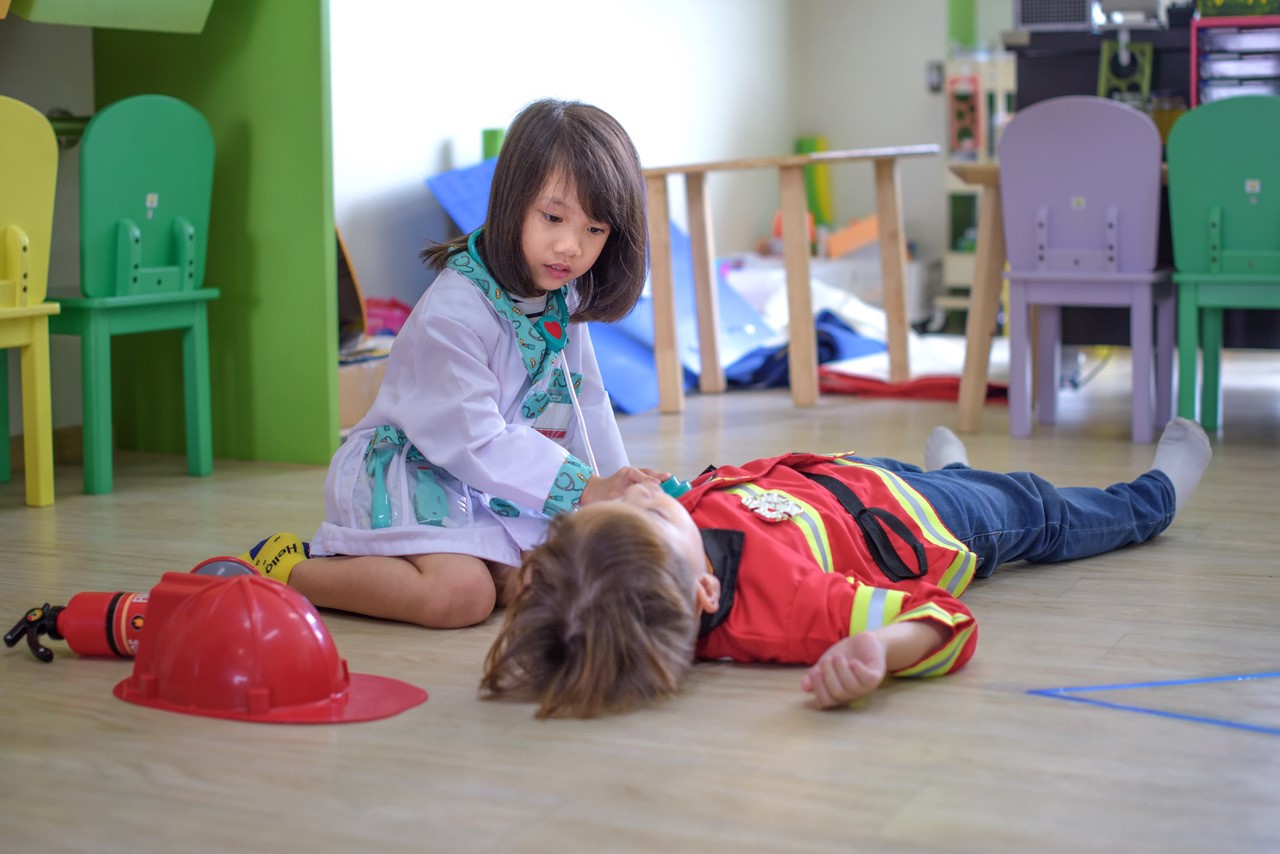

Garden Essentials
What You Need In Your Dramatic Play Area Outline
Modified: March 7, 2024
Enhance your dramatic play area with our garden-themed outline. Find out what you need to create an engaging and imaginative garden play space.
(Many of the links in this article redirect to a specific reviewed product. Your purchase of these products through affiliate links helps to generate commission for Storables.com, at no extra cost. Learn more)
Introduction
Welcome to the world of dramatic play! Creating a dramatic play area is an essential component of any well-rounded early childhood environment. This imaginative and interactive space allows children to explore different roles, develop communication and social skills, and engage in creative play. Whether it’s a kitchen, a grocery store, a doctor’s office, or a castle, the possibilities are endless!
In this article, we will guide you through the process of setting up a dramatic play area that is both engaging and educational. We’ll cover everything from basic supplies and furniture to costumes and accessories. So, let’s dive in and create a world of imagination for young minds to thrive in!
Key Takeaways:
- Immerse children in imaginative play with a well-designed dramatic play area. Choose engaging themes, gather basic supplies, and incorporate costumes to spark creativity and social development.
- Prioritize safety and organization in your dramatic play area. Create designated zones, use labels and signs, and ensure age-appropriate materials for a safe and inviting space for children to explore.
Read more: What Is Learned In A Dramatic Play Area
Setting up a Dramatic Play Area
Before you start setting up your dramatic play area, it’s important to consider the space you have available. Choose a location that is easily accessible and has enough room for children to move around comfortably. Once you have chosen the perfect spot, it’s time to get creative!
Start by deciding on a theme for your dramatic play area. This could be a specific profession, such as a veterinarian clinic or a firefighter station, or it could be a more general theme, like a home or a store. The theme will serve as the foundation for everything else you will add to the area.
Next, think about the age and interests of the children. Are they more interested in taking care of animals or playing house? Consider their likes and preferences when choosing the theme for the dramatic play area. This will keep them engaged and excited to participate in the play activities.
After you have chosen the theme, gather the necessary supplies. This includes basic materials such as paper, pens, and markers for creating signs and menus, as well as play money and receipts for a store theme. You can also consider adding a whiteboard or a chalkboard to enhance the learning experience.
Now it’s time to set up the furniture and props. Start with the larger items, such as a play kitchen or a market stand, and arrange them in the space to create a functional and inviting play area. Add smaller props like dishes, utensils, and play food for a kitchen theme, or shelves, baskets, and pretend products for a store theme.
Remember to include seating areas for children to take breaks and interact with each other. Bean bags, cushions, or small chairs will provide comfortable spots where children can engage in pretend play conversations or simply rest after an active play session.
Lastly, add the finishing touches to make the space more immersive. Hang curtains, add colorful posters, or create a sign with the name of the dramatic play area. This will help children feel like they are entering a new world and ignite their imaginations.
Once your dramatic play area is set up, encourage children to explore and engage in imaginative play. Observe their interactions and offer guidance when needed. This will not only provide an enjoyable playtime for children but also foster important skills such as problem-solving, cooperation, and communication.
Basic Supplies
When setting up a dramatic play area, it’s important to have certain basic supplies on hand. These supplies will enhance the play experience and allow children to fully immerse themselves in their chosen roles. Here are some essential supplies to consider:
- Writing Materials: Provide paper, pens, markers, and crayons for children to create signs, menus, and price tags. This encourages early literacy skills and creativity.
- Play Money: Include play money and a cash register to promote mathematical concepts like counting, addition, and subtraction. This also encourages role-playing as shopkeepers or cashiers.
- Receipts and Notepads: Having notepads and receipts available encourages children to practice writing and pretend to take orders or make notes.
- Pretend Food and Utensils: Play food items like fruits, vegetables, and canned goods, along with utensils such as plates, bowls, cups, and cutlery, are crucial for kitchen or grocery store themes.
- Pretend Tools and First Aid Supplies: Include items like toy tools, stethoscopes, bandages, and medical kits for professions like a doctor’s office or a construction site.
- Phone and Message Pad: Adding a toy phone and a message pad allows children to engage in pretend phone conversations, promoting social interaction and communication skills.
Having these basic supplies readily available in your dramatic play area will facilitate a more realistic and immersive play experience for children. It will also encourage them to engage in role-playing, problem-solving, and creative thinking.
Furniture and Props
The furniture and props you choose for your dramatic play area play a crucial role in bringing the theme to life and enhancing the overall play experience. Here are some key furniture and prop options to consider:
- Play Kitchen: A play kitchen is a staple for any dramatic play area. It allows children to pretend to cook meals, serve food, and engage in imaginative role play. Look for a kitchen set that includes a stove, sink, refrigerator, and storage shelves.
- Market Stand or Shop Counter: If you’re creating a store-themed dramatic play area, a market stand or shop counter is essential. This provides a space for children to display their pretend products and interact with customers.
- Table and Chairs: Including a small table and chairs creates a designated area for children to sit and engage in various play activities. It can be used as a dining area in a kitchen theme or as a meeting spot in an office or school theme.
- Pretend Workbenches and Tools: For themes like a construction site or a mechanic’s workshop, having pretend workbenches and a variety of toy tools is a must. This allows children to role-play as builders or mechanics and engage in hands-on activities.
- Doctor’s or Vet’s Station: If your theme revolves around healthcare, consider adding a doctor’s or veterinarian’s station. This could include a table, a white coat, a medical kit, and stuffed animals as patients.
- Dress-up Area: Set up a designated dress-up area with a variety of costumes, hats, and accessories. This gives children the opportunity to transform into different characters and fully immerse themselves in their role play.
When selecting furniture and props, choose sturdy and safe materials that are appropriate for the age group of the children. Consider the size of the items and make sure they fit well within the available space. Don’t forget to regularly inspect and clean the furniture and props to ensure their longevity and cleanliness.
By incorporating the right furniture and props into your dramatic play area, you create an environment that sparks imagination, promotes creativity, and encourages children to engage in meaningful play.
Costumes and Accessories
In order to fully bring the dramatic play experience to life, costumes and accessories are a crucial element. They allow children to embody their chosen roles and engage in imaginative play. Here are some ideas for costumes and accessories to consider for your dramatic play area:
- Role-specific Costumes: Depending on the theme of your dramatic play area, provide costumes that correspond to different roles. For example, chef hats and aprons for a kitchen theme, lab coats and goggles for a scientist theme, or firefighter jackets and helmets for a fire station theme.
- Pretend Accessories: Enhance the pretend play experience by providing accessories that complement the costumes. This could include toy tools, stethoscopes, shopping baskets, or a briefcase for different professions and roles.
- Masks and Hats: Masks and hats are versatile accessories that can be used in a variety of themes. They allow children to easily transform into a different character, such as a superhero, a princess, or a cowboy.
- Jewelry and Props: Don’t forget the little details! Adding jewelry, such as necklaces, bracelets, or rings, can help children feel more immersed in their roles. Additionally, include props like purses, wallets, or cash registers to enhance the authenticity of the play experience.
- Mix-and-Match Options: Provide a range of costumes and accessories that can be mixed and matched. This allows children to be creative and create unique characters by combining different pieces.
When selecting costumes and accessories, keep in mind the safety and comfort of the children. Choose materials that are durable, easy to clean, and free from any potential hazards. Consider the size of the costumes and accessories to ensure they fit children of different ages and sizes.
Encourage children to explore different roles and characters by trying on different costumes and accessories. This will not only ignite their imagination but also foster self-expression and empathy as they step into the shoes of others.
Consider adding a variety of props and costumes to your dramatic play area to encourage imaginative play. This can include items like dress-up clothes, toy food, and play tools to enhance the experience for children.
Read more: What Should Be In The Dramatic Play Area
Theme-specific Items
When creating a dramatic play area, incorporating theme-specific items enhances the authenticity and immerses children even further into their chosen roles. These items help to create a more realistic and engaging play experience. Here are some ideas for theme-specific items to consider:
- Kitchen Utensils and Play Food: For a kitchen theme, provide a variety of utensils such as pots, pans, baking sheets, and spatulas. Also, include play food items like fruits, vegetables, bread, and pretend ingredients. This allows children to engage in cooking and serving imaginary meals.
- Cash Register and Play Money: In a store-themed area, having a cash register and play money is vital. This provides children with the opportunity to learn about money, practice basic math skills, and engage in role-play as customers and cashiers.
- Medical Supplies and Stuffed Animals: For a doctor’s or veterinarian’s office, include medical supplies such as bandages, syringes, thermometers, and medical charts. Additionally, provide stuffed animals or dolls that can be examined and cared for.
- Tools and Construction Materials: If your dramatic play area centers around a construction site or workshop, include toy tools such as hammers, screwdrivers, wrenches, and safety goggles. Also, provide construction materials like blocks, nuts, and bolts for building and designing structures.
- Maps and Travel Accessories: For a travel agency or explorer theme, include world maps, a globe, and travel brochures. Additionally, provide suitcases, passports, and cameras to encourage children to engage in pretend travel and learn about different cultures.
- Office Supplies: In an office-themed area, include items such as notepads, calculators, telephones, and file folders. This allows children to engage in pretend office work, answering phone calls, taking notes, and organizing paperwork.
By incorporating theme-specific items, you create a more immersive and authentic play experience for children. These items help them develop a deeper understanding of different roles, concepts, and real-world situations. It also promotes creativity, problem-solving, and critical thinking as children use these items to engage in imaginative play.
Organization and Storage
Keeping your dramatic play area organized and ensuring proper storage of materials and props is key to maintaining a functional and inviting space. Here are some tips to help you with organization and storage:
- Designated Areas: Clearly define different zones within your dramatic play area. Create separate spaces for different themes or roles, such as a kitchen area, a store area, or a doctor’s office. This will help children understand the boundaries and easily locate the materials they need.
- Labels and Signs: Use labels and signs to identify different areas and items in your dramatic play area. This promotes literacy skills and helps children independently locate and clean up materials.
- Containers and Bins: Utilize containers and bins to store smaller items like play food, costumes, accessories, and props. Clear, labeled bins make it easy to see what is inside and keep everything organized. Additionally, consider using stackable bins to maximize storage space.
- Shelves and Hooks: Install shelves or hooks to display and store larger items like pots, pans, and costume clothing. This keeps them within reach and visually appealing for children to easily access and put away.
- Rotation System: To keep the dramatic play area fresh and exciting, consider implementing a rotation system for themes and props. Switch out materials and props periodically to introduce new experiences and keep children engaged.
- Cleanup Routine: Establish a cleanup routine with the children to encourage responsibility and maintain an organized dramatic play area. Teach them to put items back in their designated spots and keep the space tidy after each play session.
Regularly assess the organization and storage of your dramatic play area to ensure it remains functional and efficient. Ask for feedback from children and make adjustments as needed to meet their needs and preferences.
By implementing effective organization and storage strategies, you create a space that is visually appealing, easy to navigate, and encourages independent play and responsibility.
Safety Considerations
When setting up and maintaining a dramatic play area, ensuring the safety of the children is of utmost importance. Here are some safety considerations to keep in mind:
- Adequate Supervision: Always have a responsible adult present to supervise and monitor the children during playtime. This helps ensure their safety and prompt response in case of any emergencies or accidents.
- Safe and Sturdy Furniture: Choose furniture that is stable and appropriate for the age group of the children. Check for sharp edges, loose parts, or any potential hazards that could cause injuries. Regularly inspect and repair the furniture to maintain its safety.
- Age-Appropriate Materials: Use materials and props that are suitable for the age and developmental stage of the children. Avoid small objects or toys that pose a choking hazard. Ensure that costumes, accessories, and play items are made of non-toxic materials and are free from any potential safety risks.
- Clean and Hygienic Environment: Regularly clean and sanitize the dramatic play area to maintain a hygienic environment. This includes disinfecting toys, washing costumes and accessories, and keeping surfaces free from dirt and germs.
- Fire Safety: If using play items that resemble fire or heat sources, ensure they are not hot to touch and do not pose any fire hazards. Teach children about fire safety rules and the appropriate actions to take in case of a fire.
- Emergency Protocols: Establish clear emergency protocols and communicate them to the children. This includes procedures for accidents, injuries, fire emergencies, or natural disasters. Share this information with staff, parents, and caregivers as well.
- Accessible Exits: Ensure that the dramatic play area has accessible exits and clear pathways in case of an emergency. This allows for easy evacuation if needed.
Regularly review and update your safety policies and procedures to reflect any changes or new concerns. It is important to involve parents, staff, and children in discussions about safety to promote a safe and secure environment for all.
By prioritizing safety considerations in your dramatic play area, you create a space where children can engage in imaginative play with peace of mind, knowing that their well-being is protected.
Conclusion
Creating a dramatic play area is a wonderful opportunity to foster creativity, imagination, and social development in young children. By setting up an engaging and well-equipped play area, you provide them with a space where they can explore different roles, problem-solve, and enhance their communication skills.
Throughout this article, we have discussed the various aspects of setting up a dramatic play area, including the importance of choosing a theme, gathering basic supplies, selecting appropriate furniture and props, and incorporating costumes and accessories. We have also touched upon the significance of organization, storage, safety considerations, and regular maintenance.
Remember to consider the interests and preferences of the children when designing your dramatic play area. This will help to create a space that truly captivates their imaginations and allows them to immerse themselves in their chosen themes and roles.
Always prioritize safety and cleanliness in your play area, ensuring that materials and props are age-appropriate and free from hazards. Regularly inspect and maintain the space to ensure it remains a safe and inviting environment for children to explore.
By fostering imaginative play through a well-designed dramatic play area, you provide children with countless learning opportunities and a space where they can freely express themselves and develop important life skills.
So go ahead and create a magical world where children’s imaginations can roam free, and watch as they embark on incredible adventures within the comfort of your dramatic play area!
Frequently Asked Questions about What You Need In Your Dramatic Play Area Outline
Was this page helpful?
At Storables.com, we guarantee accurate and reliable information. Our content, validated by Expert Board Contributors, is crafted following stringent Editorial Policies. We're committed to providing you with well-researched, expert-backed insights for all your informational needs.
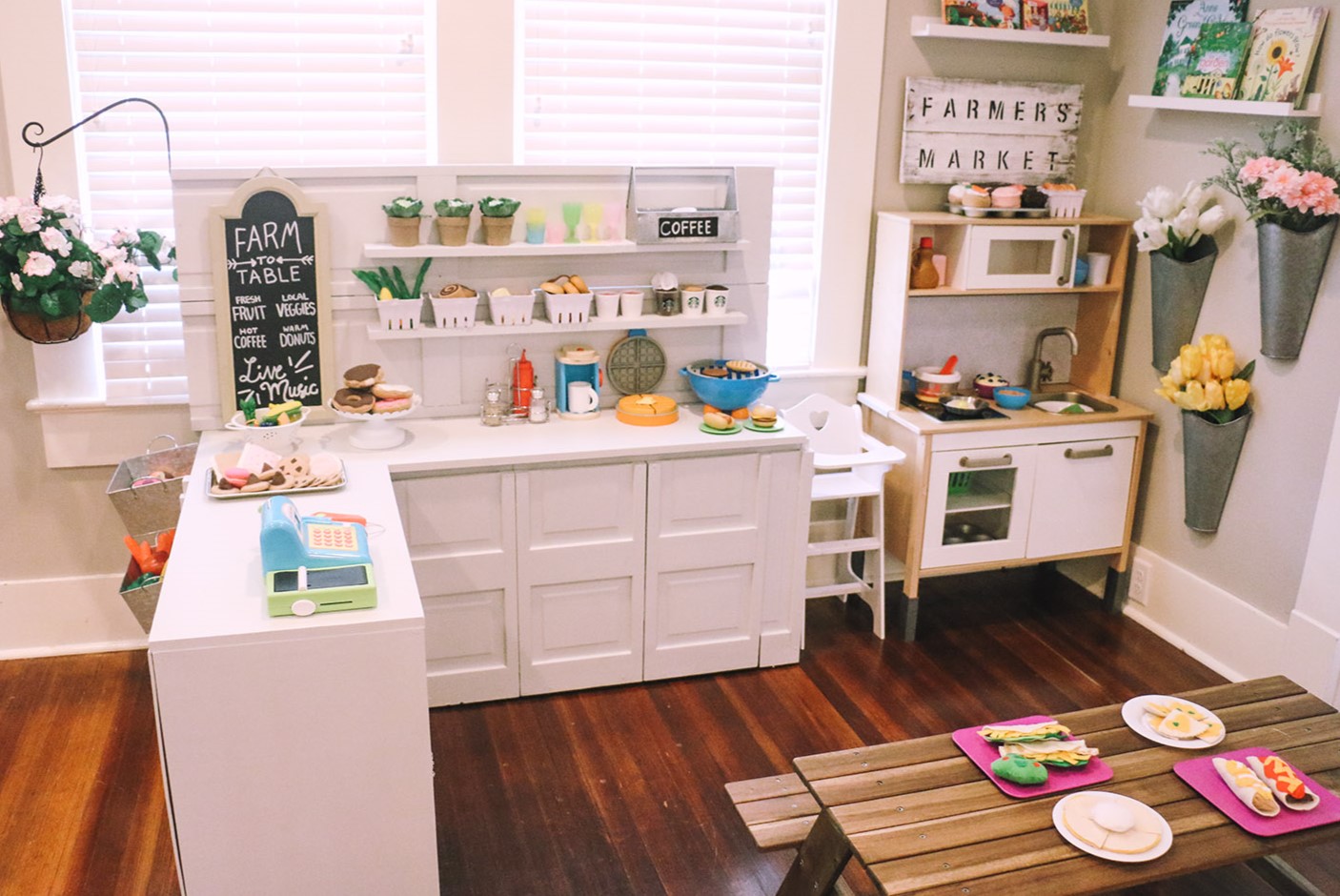

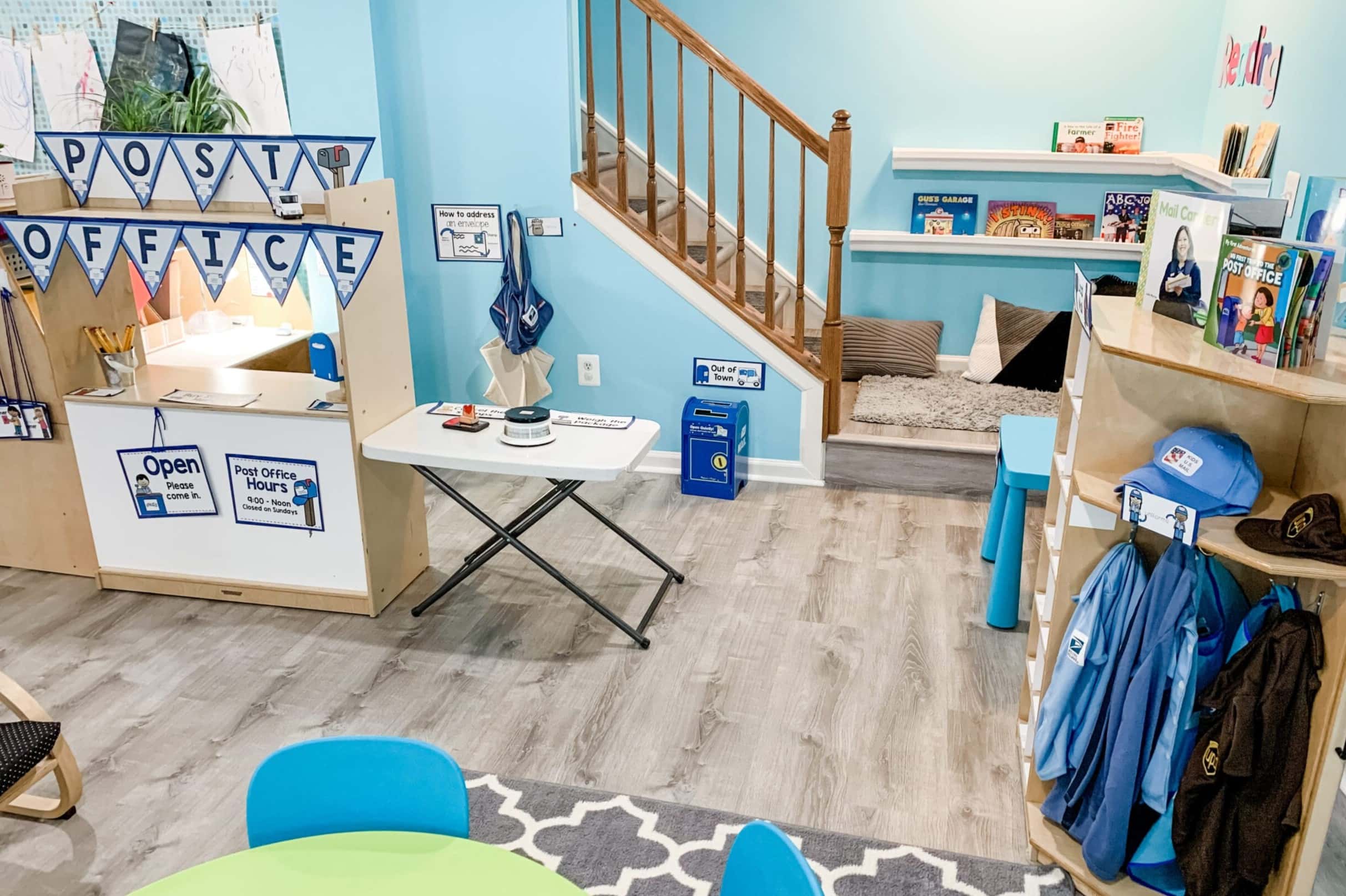
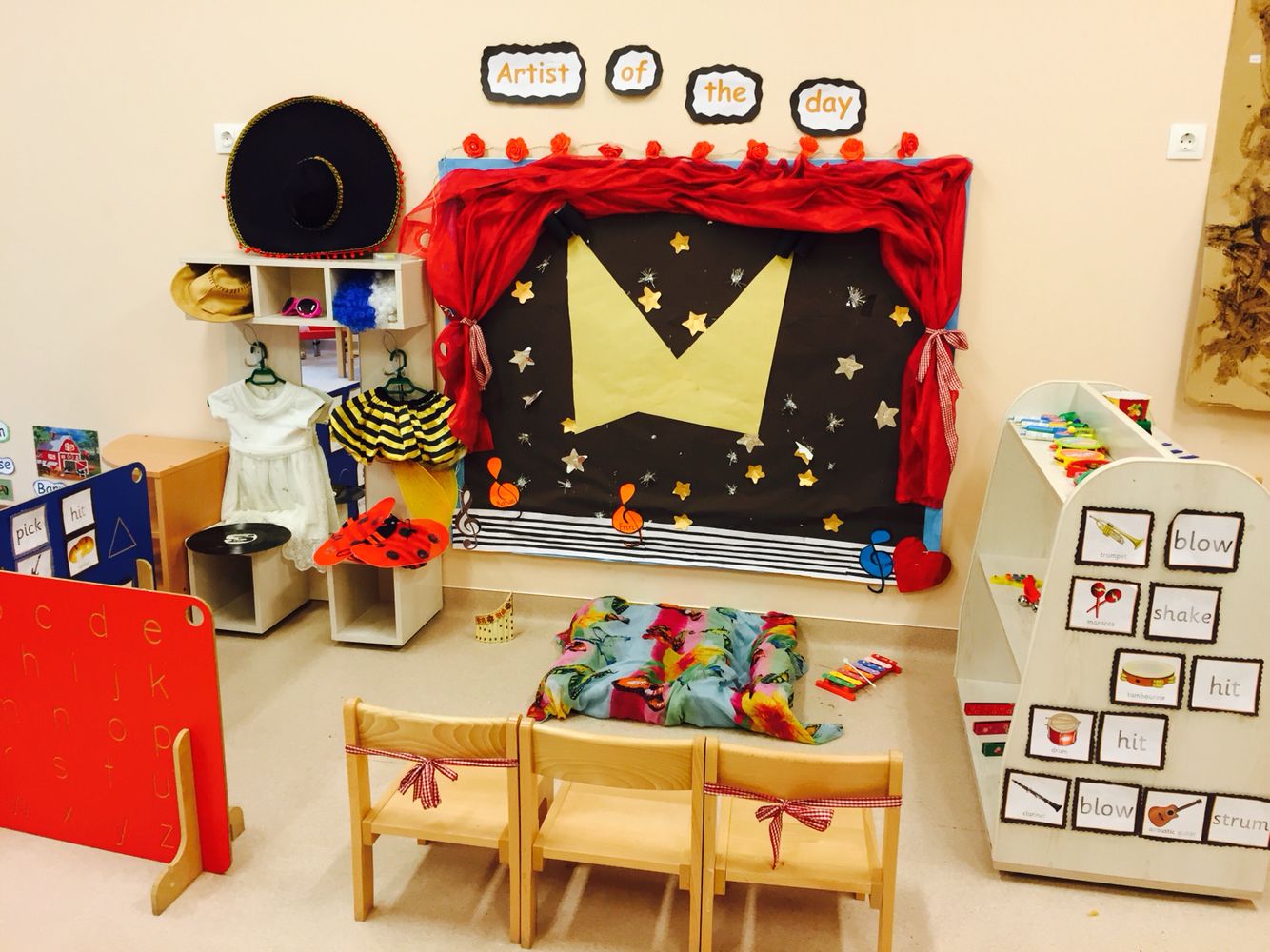
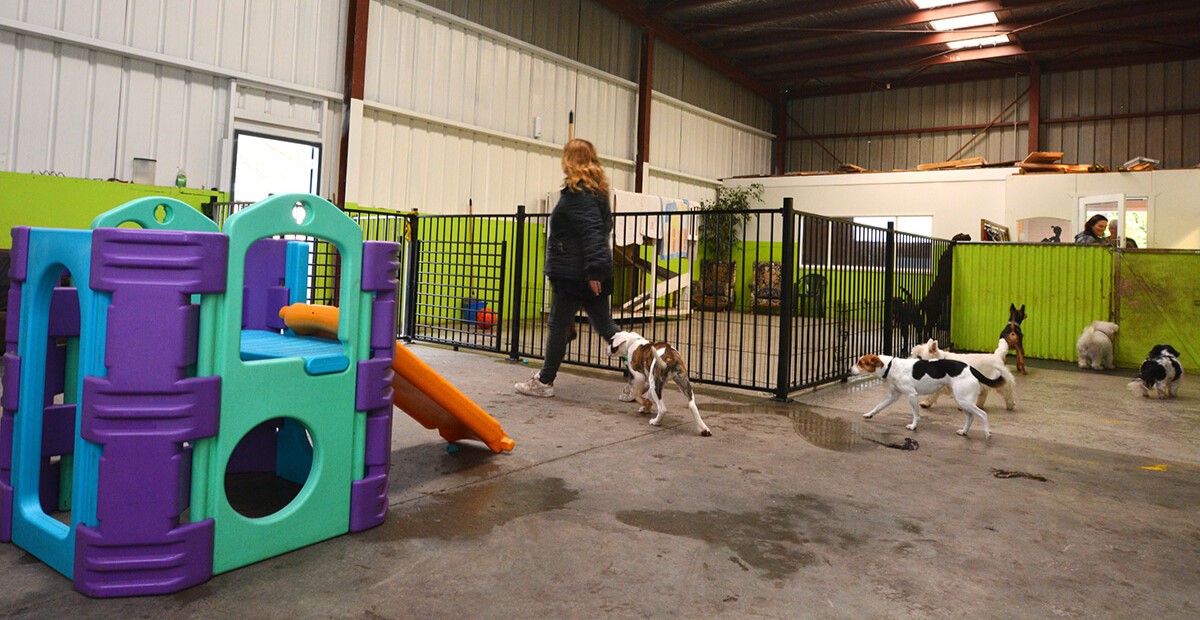
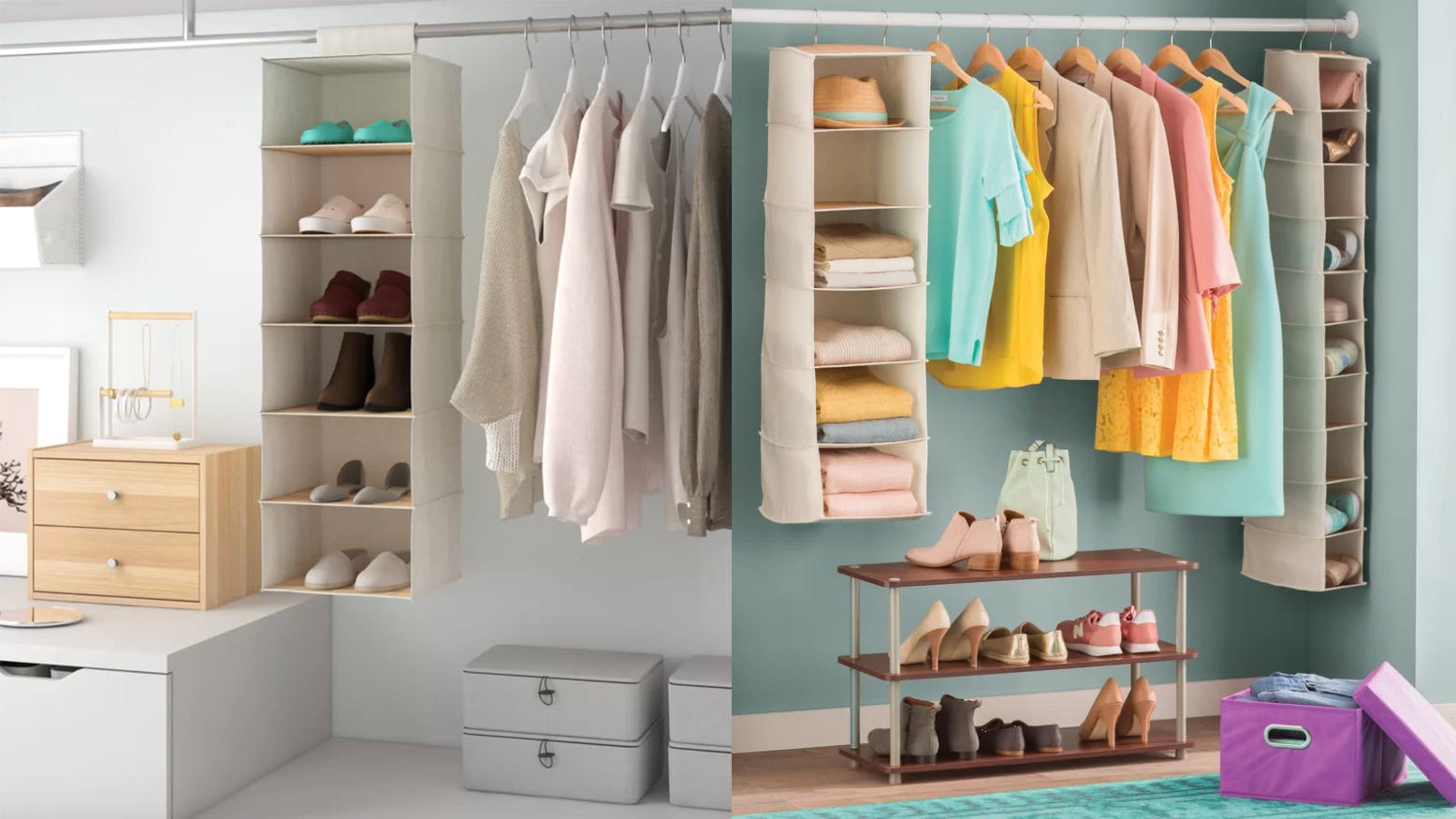
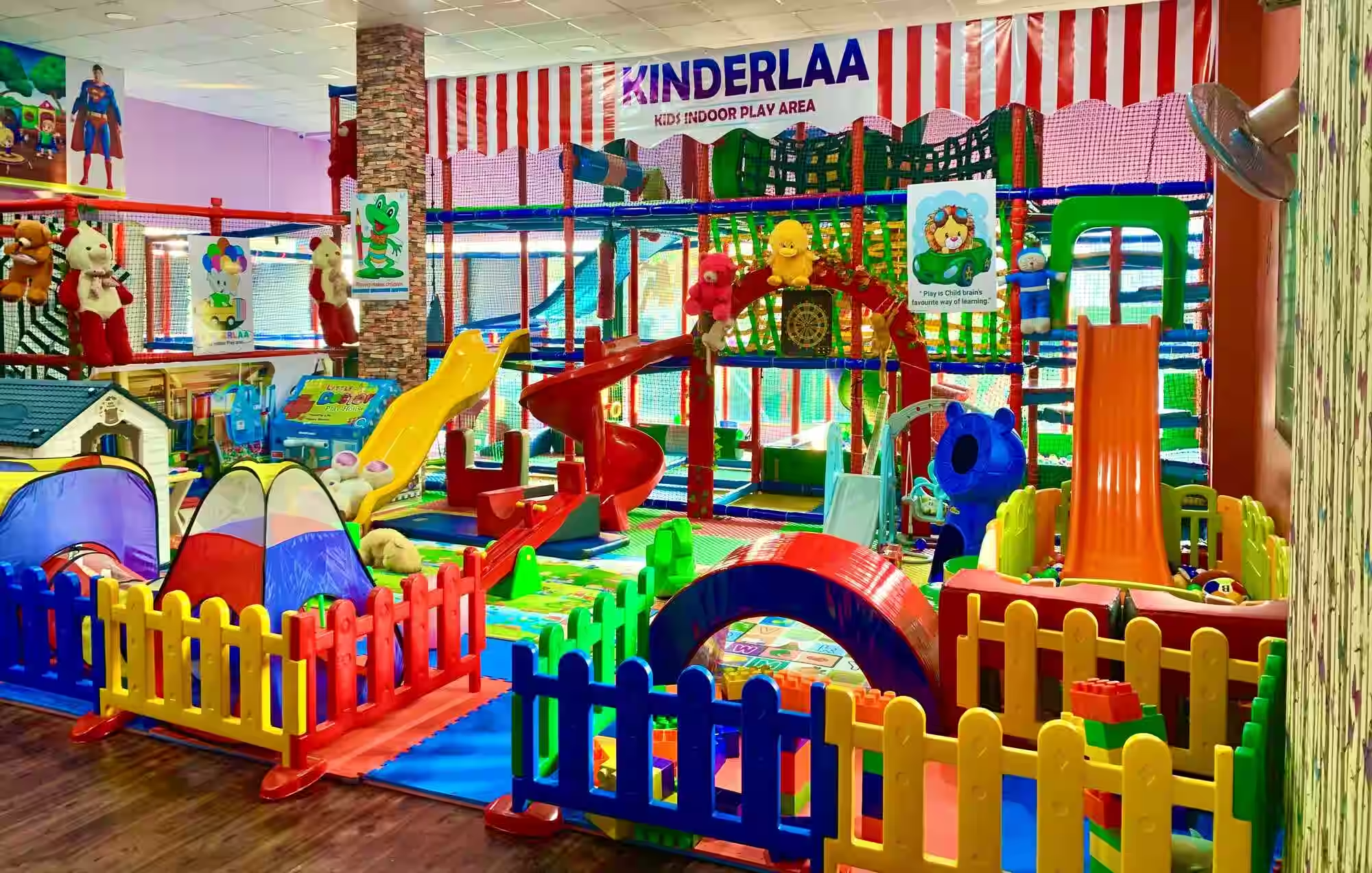
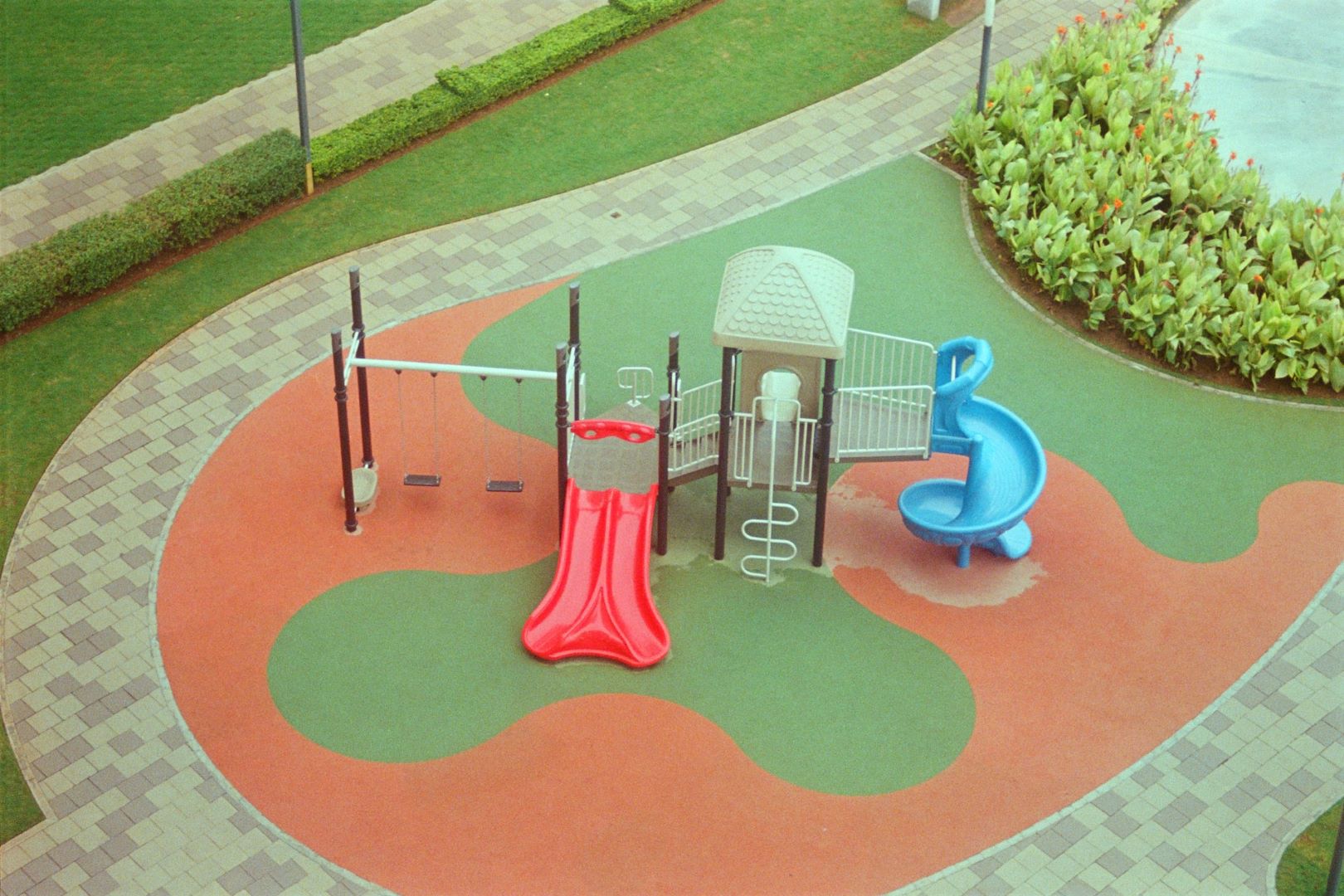
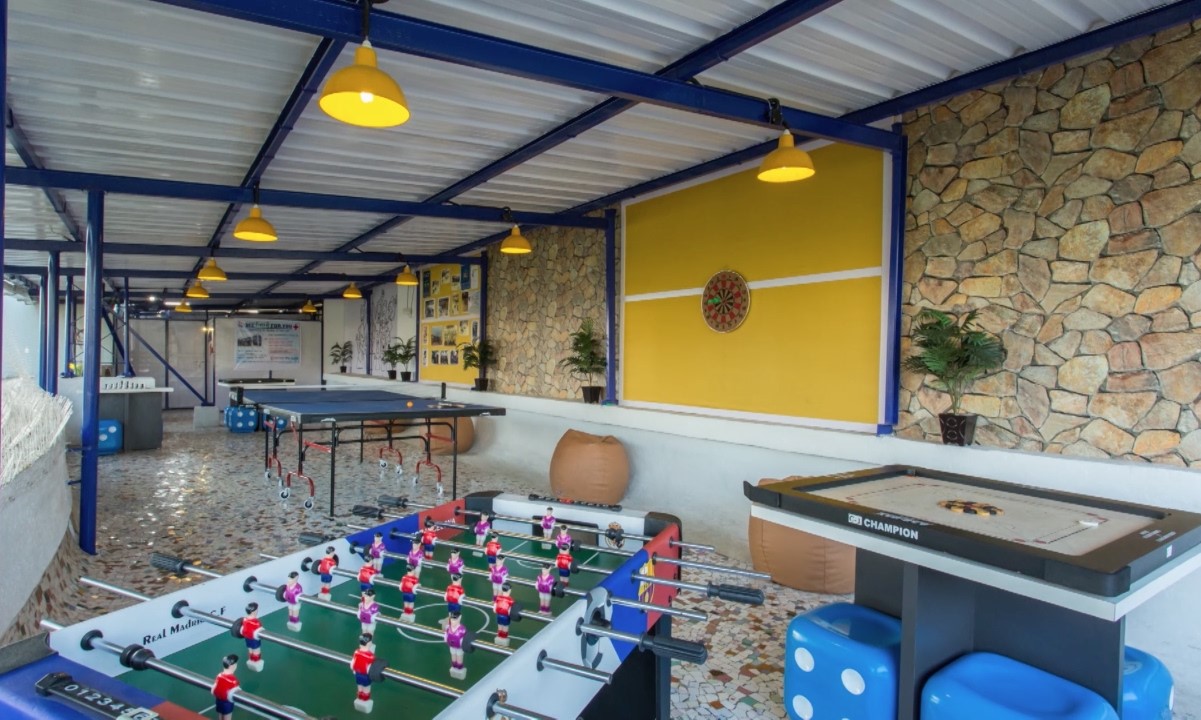
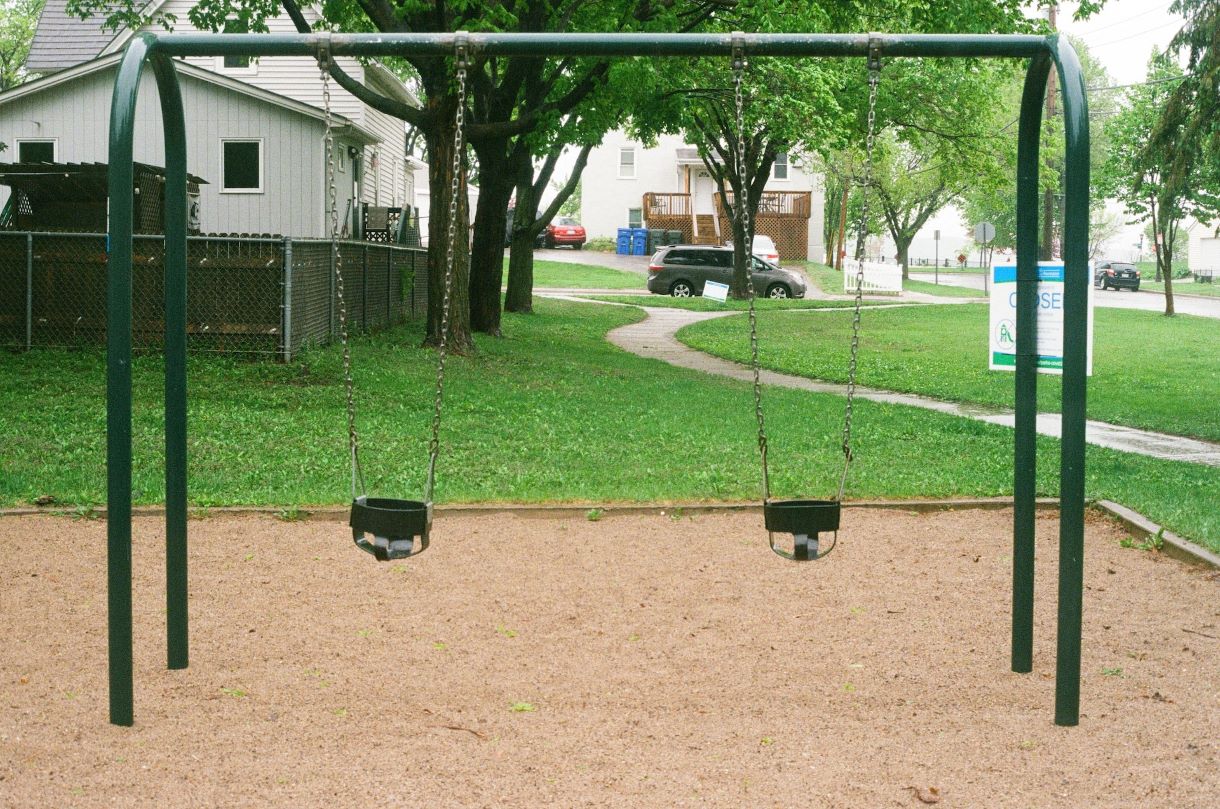
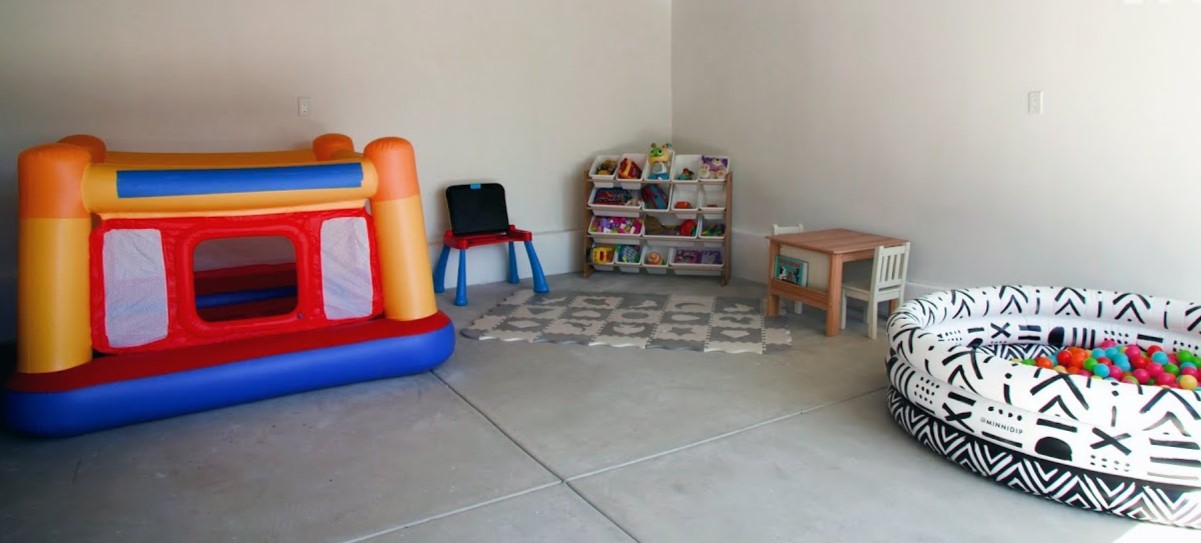
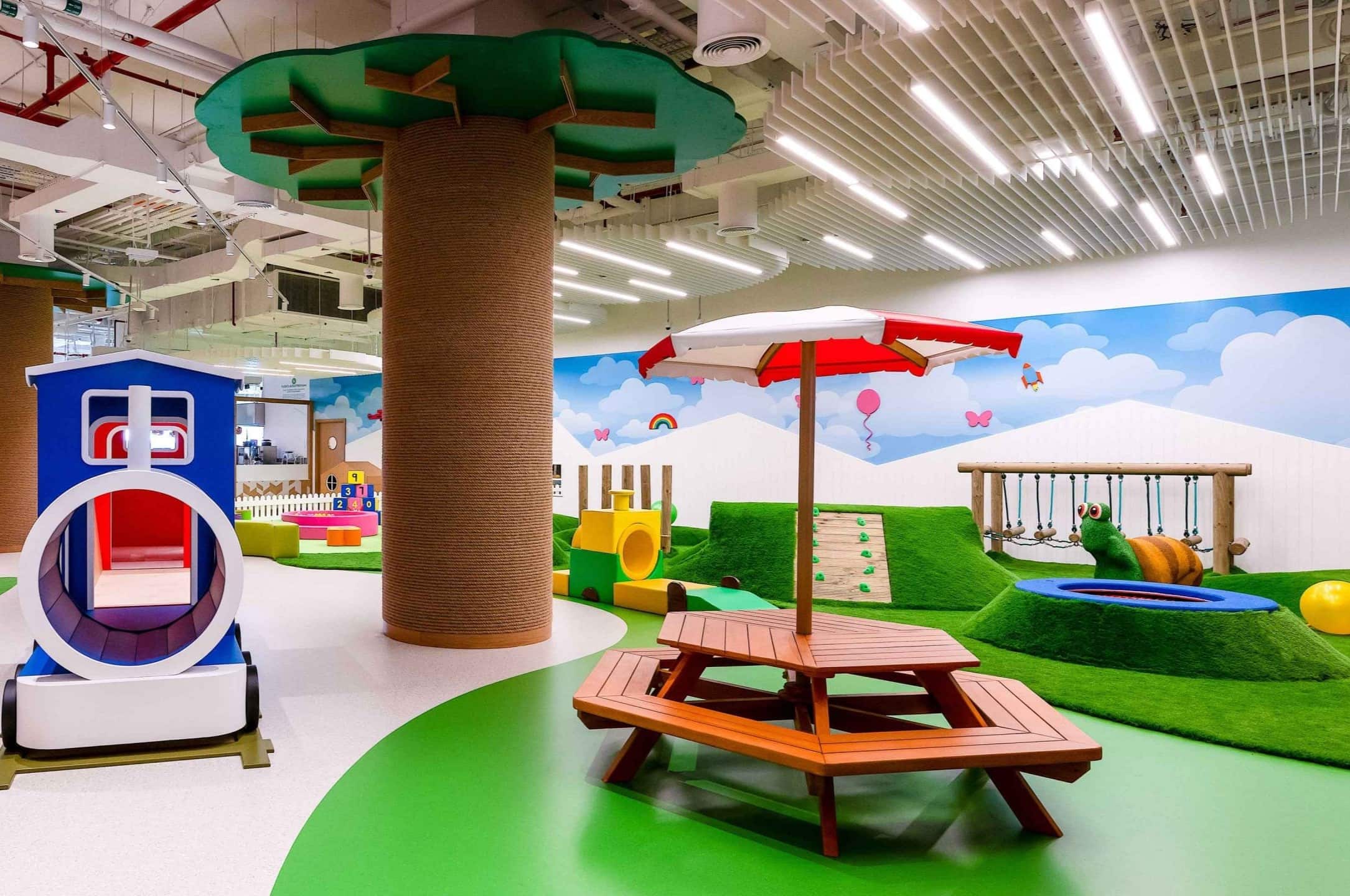
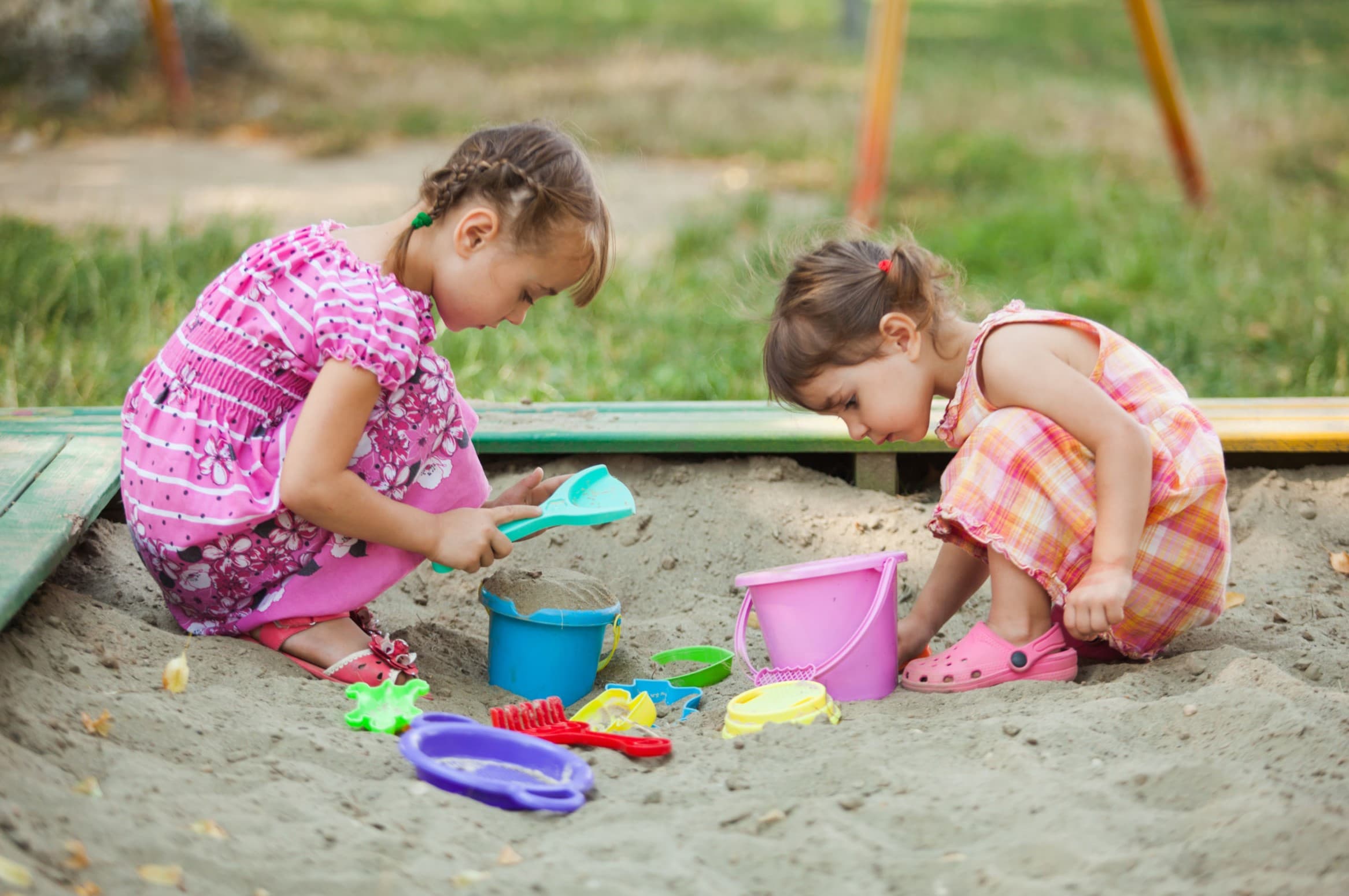
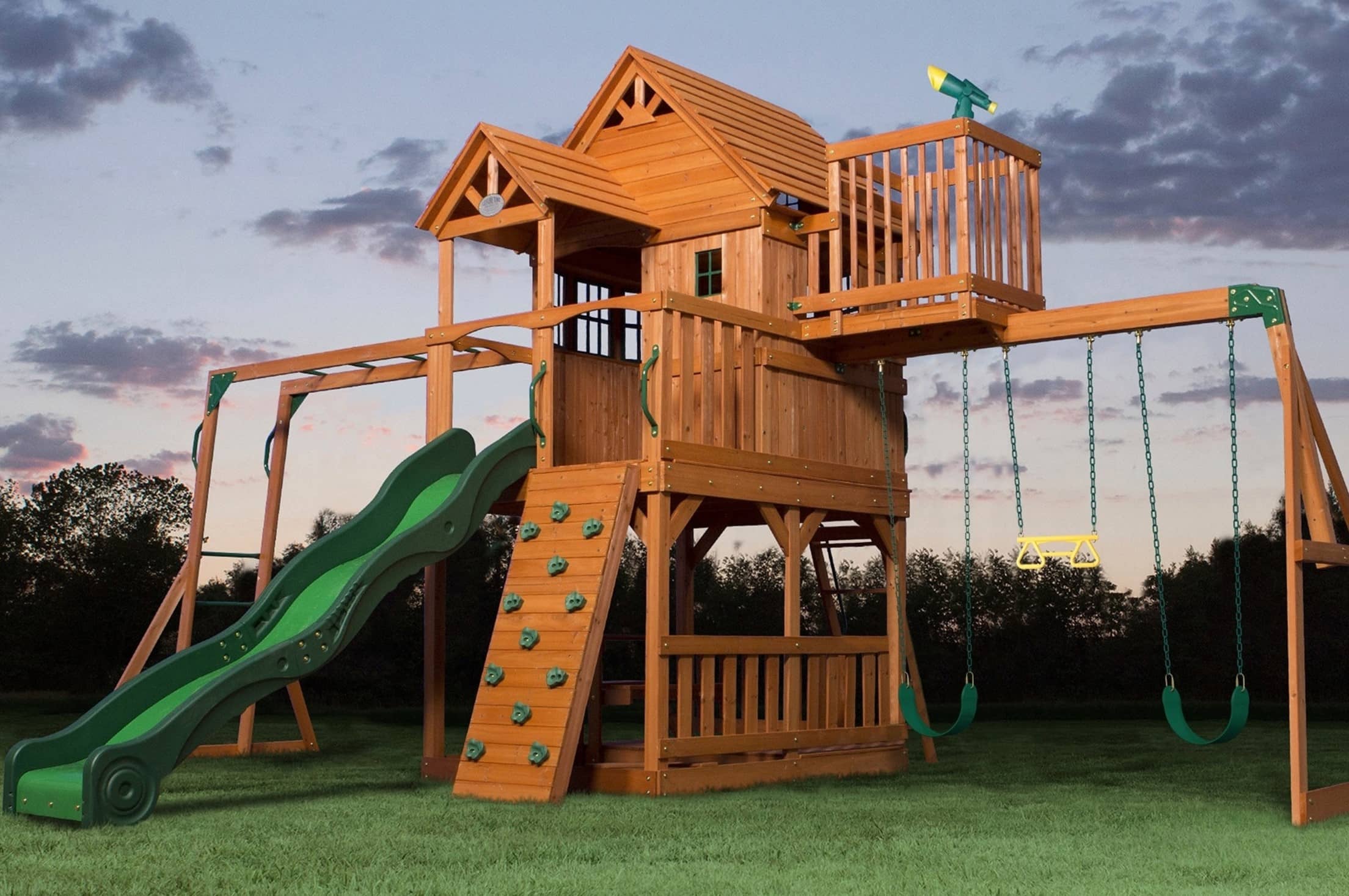

0 thoughts on “What You Need In Your Dramatic Play Area Outline”